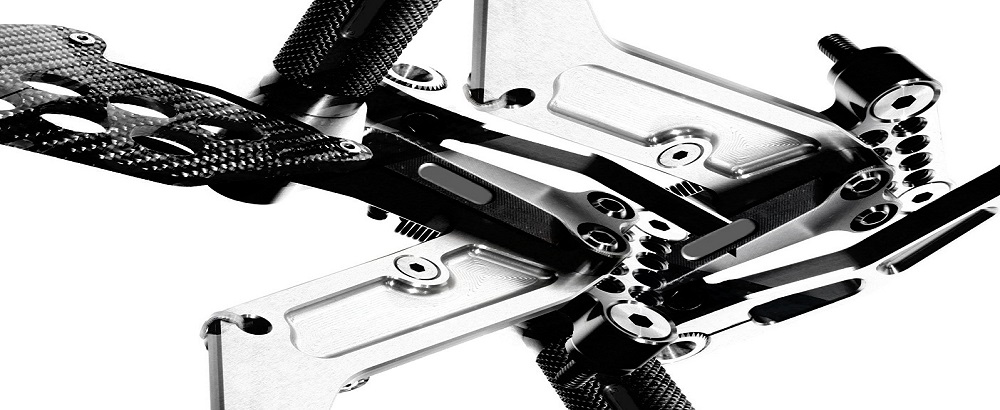¨Utility models are especially recommended for small and medium companies which, in practice, make “minor” improvements to existing products or adapting those products to new needs.”
One of the most frequent questions that we face in protecting inventions is about the protection of utility models and the countries in which they can be registered.
Utility models are a registration category that does not exist in all countries and is an exclusive right granted for an invention. It allows the right holder to prevent third parties from commercially using the protected invention, with no permission, for a limited period of time.
A utility model is similar to a patent, so sometimes they are also called “petty patents” or “innovation patents”. Although, logically, they have their differences: Differences between utility model and patent of inventions.
Countries in which exists utility models:
Armenia, Australia, Austria, Belarus, Belgium, Brazil, Bulgaria, China, Chile, Denmark, Estonia, Ethiopia, the Russian Federation, Finland, France, Georgia, Germany, Greece, Hungary, Ireland, Italy, Japan, Kazakhstan, Kenya, Kyrgyzstan, Malaysia, Netherlands, Poland, Portugal, Czech Republic, Republic of Korea, Republic of Moldova, Tajikistan, Trinidad and Tobago, Turkey, Ukraine, and Uzbekistan.
We highlight independently those of Hispanic speech: Argentina, Colombia, Costa Rica, Guatemala, Mexico, Peru, Spain and Uruguay.
And also those belonging to the African Regional Industrial Property Organization (ARIPO): Botswana, Lesotho, Liberia, Malawi, Namibia, Swaziland, Tanzania, Uganda, Zimbabwe.
And the 16 countries belonging to the African Intellectual Property Organization (OAPI): Benin, Burkina Faso, Cameroon, Central African Republic, Congo, Côte d’Ivoire, Gabon, Guinea, Equatorial Guinea, Mali, Mauritania, Niger, Guinea Bissau, Senegal, Chad, Togo.
Utility model basic process:
- Application.
- Formal examination.
- Publication and term for third parties oppositions.
- Suspended in case of oppositions and term to answer.
- Resolution (grant/refusal) and term for appealing the resolution
The average processing time of utility models, if there is no oppositions, round 6/8 months. It is also interesting knowing that you have 12 months internationally priority to extend the protection of the application to other countries, keeping the original application date.
Besides, there is the possibility to change the application of a utility model for a patent one, by making this territorial extension.
This happens quite often when starting from a national utility model which later is filed as a patent on the European Patent Office with the intention of expanding its territorial protection.
In most countries providing protection with utility models the applications are not examined and therefore not considered priorities to the register. This process results in a simple and fast registration.
Moreover, it is also an inexpensive registration process, but in some countries utility models protection can only be obtained for certain fields of technology and it is applied only to products, not processes, so they are mainly used for mechanical improvements.
Its granting provides protection during a non-extendible period of 10 years, and is subject to the payment of an annual fee to maintain it in force.
In conclusion, utility models are especially recommended for small and medium companies which in practice make “minor” improvements to existing products or adapt those products.
Therefore, the main features of a utility model are:
- Low-cost registration process.
- Especially recommended to SME.
- Short-time process (6 – 8 months).
- Provides protection during 10 years.




